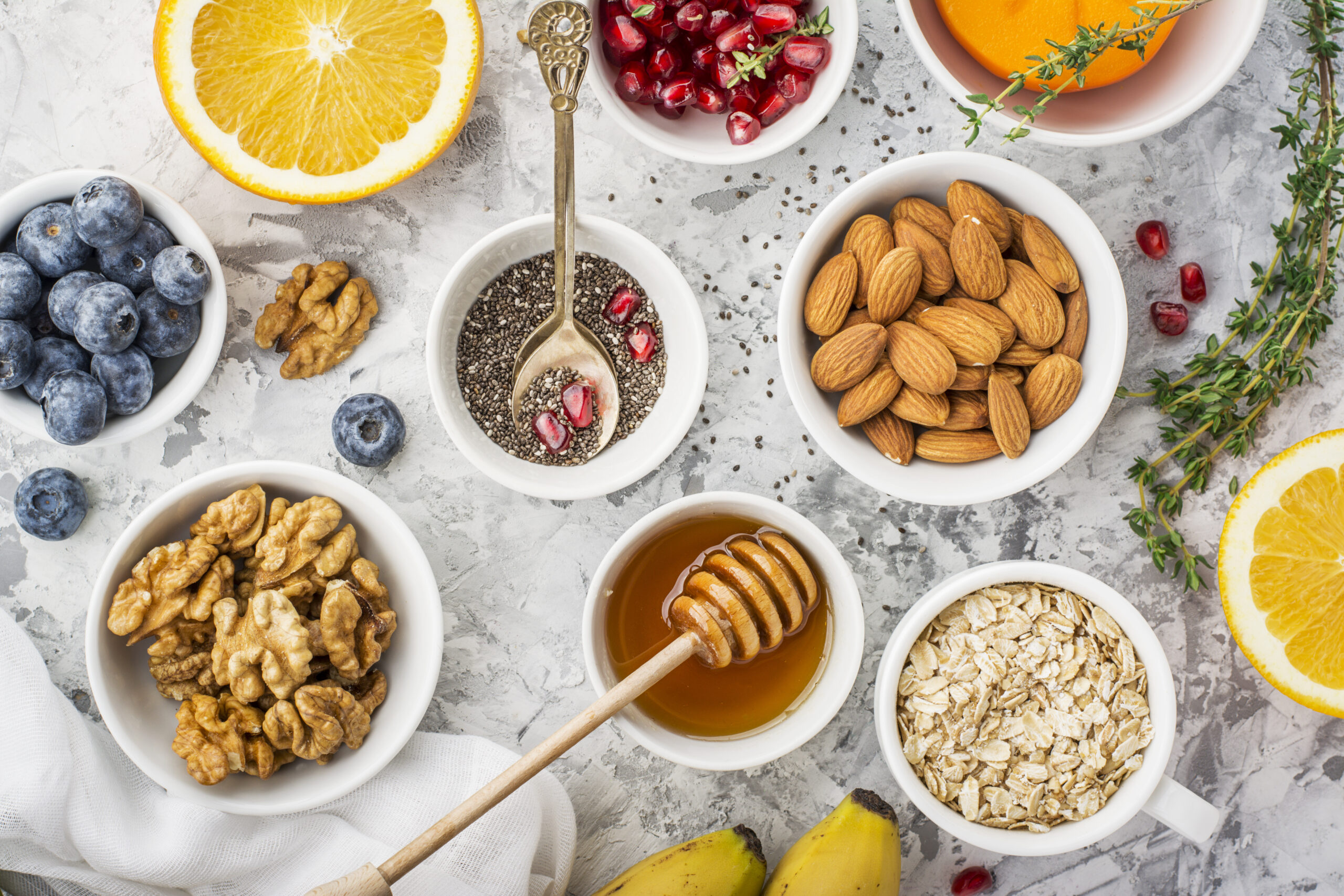Health is top of mind for many Canadians, with 45% adopting a forward-looking outlook on their personal health and stating that they are always looking for ways to improve their health.1 However, lack of knowledge is cited as an obstacle to self-improvement by nearly a quarter of Canadians admitting that they need help to achieve their health goals.1 Some of these consumers are looking for brands to arm them with the information they need to maximize their health. Initiatives like informative social media campaigns can be helpful to ensuring consumers feel the brand is useful in health improvement or maintenance.
The majority of Canadians are taking action to manage their health with simple steps using tried-and-true techniques – sleeping more, increasing their water intake, exercising, taking vitamins, reducing sugar and sticking to a whole-foods diet. Overall, 2023 is not a year for big goals – but rather smaller lifestyle changes or smaller actions to support wellness. In general, being gentler and kinder to oneself and taking on smaller goals rather than radical changes is the theme.
When it comes to shopping for H&W items, 63% of consumers go to mass retailers like Target, Walmart and Costco.2 Shoppers spent more time in brick-and-mortar stores last year than they had in the previous two years. Part of that might have come from shoppers feeling safer, but inflation was also a factor. Shoppers needing to trim excess costs headed to the store to cut back on home delivery fees. That doesn’t mean home delivery is irrelevant, nor that shopping will look exactly as it did pre-COVID. As for the 38% of online H&W shoppers, they are using convenience channels like Amazon to purchase their wellness products.2
Natural product shoppers buy online at nearly twice the rate of all shoppers.3 Yet these shoppers spend nearly half the dollars of all product shoppers at mass retailers like Walmart.3 These shopping trends show us that consumers are not all acting in the same way post-COVID and that they may need to be catered to for a variety of factors ranging from inflation prices to convenience.
Price is the largest purchase influencer for consumers, especially when trying new products, and consumers are open to purchasing private-label/store-brand wellness products to save money. Cost-conscious consumers may be on the lookout for more online and private-label deals.
Apart from price, personal research also matters – insights from family, friends and doctors are cited as important. However, consumers are also turning to social media – the most popular being Facebook and YouTube, although TikTok is gaining traction and expected to catch up. All are popular tools for consumers to learn about what to try.
The consumer wellness industry is definitely on an upward trajectory and is expected to grow at more than 5% annually.2 This growing consumer interest in wellness spans across the areas of nutrition, supplements and lifestyle products.
1 Health Management Trends – Canada – 2022, Mintel
2 The Current State of Consumer Wellness, New Hope Network, January 2023
3 What Affected the Health & Wellness Industry This Year, SPINS, December 2022



